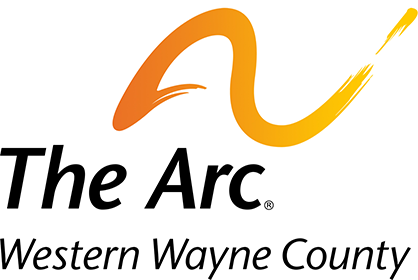Helpline Resource
Online and Automated Telephone Service
What is AIDS?
AIDS, or acquired immune deficiency syndrome, was first reported in the United States in 1981 and has since become a major worldwide epidemic. AIDS is caused by the human immunodeficiency virus, HIV. By killing or impairing cells of the immune system, HIV progressively destroys the body’s ability to fight infections and certain cancers. Individuals diagnosed with AIDS are susceptible to life-threatening diseases called opportunistic infections, which are caused by microbes that usually do not cause illness in healthy people.
Over one million Americans are living with AIDS today. Worldwide, the figure is over thirty three million.
People with AIDS are particularly prone to developing various cancers. These cancers are usually more aggressive and difficult to treat in people with AIDS.
During the course of HIV infection most people experience a gradual decline in the number of CD4 T cells, although some individuals may have a dramatic drop in the T-cell counts. Others may have no symptoms even though their T-cell count is below 200.
When AIDS first surfaced in the United States, no drugs were available to combat the underlying immune deficiency and few treatments existed for the opportunistic diseases that resulted. Since then, however, therapies have been developed to fight both HIV infection and its associated infections and cancers.
Currently available antiretroviral drugs do not cure people of HIV infection or AIDS but they can help slow down the virus or disease. The most common drug therapy is called AZT.
Since no vaccine for HIV is available, the only way to prevent infection of the virus is to avoid behaviors that put a person at risk of infection, such as sharing needles and having unprotected sex.
If you would like more information, please contact AIDS info at 800-448-0440, or visit them online at HIVinfo | Information on HIV/AIDS Treatment, Prevention and Research | HIVINFO (nih.gov)
Phone code: 1724


